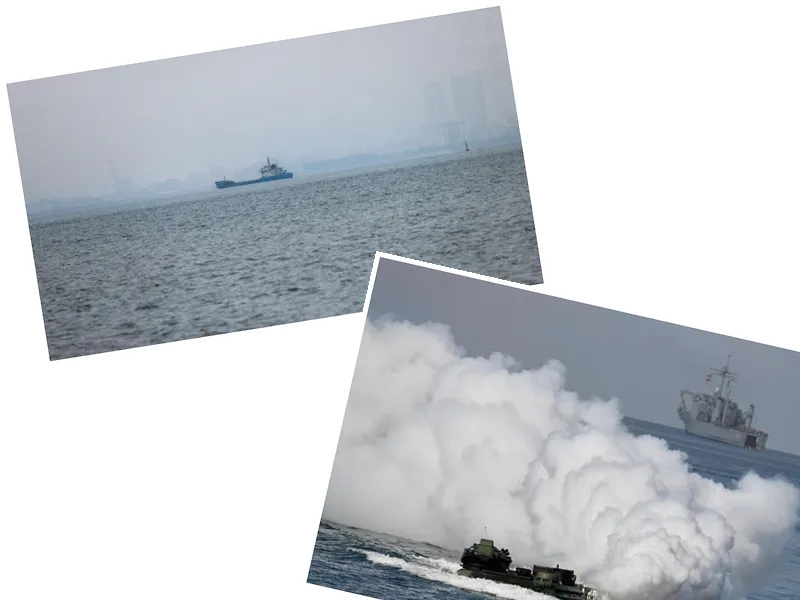Japanese Warship Crosses Taiwan Strait Amid Rising Tensions with China
In a significant move asserting its freedom of navigation, Japan has sent a warship through the Taiwan Strait for the first time. This passage, reported by Japanese media on September 25, comes as tensions escalate in the region, particularly following a recent incursion by a Chinese aircraft carrier near Japanese waters. The Japanese government, led by Prime Minister Fumio Kishida, reportedly ordered the crossing to counteract perceived aggressions from Beijing, which has been increasingly assertive in its territorial claims over the strait.
The Taiwan Strait, a crucial international sea lane separating the Chinese mainland from Taiwan, is claimed by China as part of its sovereignty. Despite this, the U.S. and its allies have been actively reinforcing the international status of the strait by increasing military presence, including American and European naval operations. The Japanese warship's crossing underscores Tokyo's commitment to maintaining open maritime routes in the face of China's territorial assertions.
In the past 24 hours leading up to Thursday, Taiwan's Ministry of Defense reported increased military activity around the island, detecting 43 Chinese military aircraft and eight warships. This heightened military presence has raised concerns in Taiwan and among its allies, as they monitor the developments closely.
Japan's action follows China's recent maneuvers, including the passage of the Liaoning aircraft carrier and guided-missile destroyers through the waters near Japan, which Tokyo condemned as
- The recent military activities in the Taiwan Strait reflect a broader pattern of escalating tensions between China and its neighbors, particularly Japan and Taiwan. Japan's proactive stance is indicative of its growing security concerns regarding China's military assertiveness in the Asia-Pacific region. The situation has drawn the attention of the United States, which has historically supported Taiwan and Japan in their defense strategies against potential Chinese aggression. The U.S. has conducted freedom of navigation operations in the region to challenge China's expansive claims and ensure that the Taiwan Strait remains a vital international shipping lane. As the geopolitical landscape continues to evolve, the actions of Japan, Taiwan, and the U.S. will be critical in shaping the future of security and stability in the Asia-Pacific.





